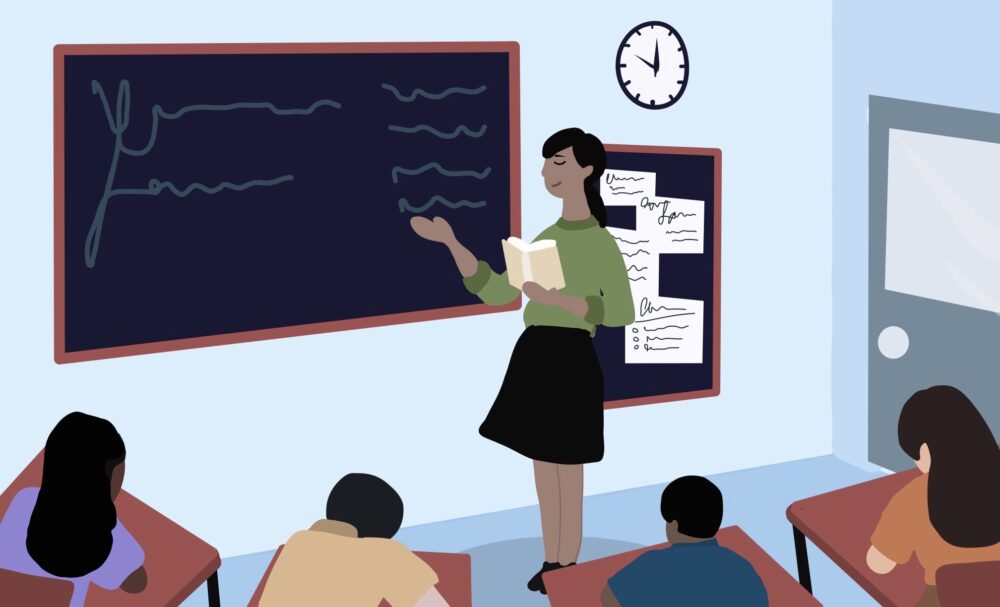
By Ariana Rathan
Something that is key to a student’s success in school is motivation.
Motivation is one of the major contributors to getting people to where they want to be. In school, it can help students to receive good grades, help shape them to become good leaders and to grow for the better. Feedback highlights the strengths and the weaknesses of the progress that people are making.
Now you may be wondering, what kind of feedback motivates students. Is it positive? Is it negative?
It’s both.
There are pros and cons to both negative and positive feedback. If you are a student, you may wonder, “What feedback motivates me?” To answer that question, think back to all the different kinds of feedback that have been given to you by your parents, your teachers or peers that have been negative or positive. Then, the question is, “Which one sparked change for the better?”
The definition of positive feedback is “feedback that tends to magnify a process or increase its output.” In simpler terms, this type of feedback is someone or something providing encouragement or new resolutions for you. It can give you the reassurance that you either are on your way to whatever your goal is and can highlight the things that you are doing well. These praises or compliments can inspire students to keep up what they are doing, or even better, can inspire them to improve.
Negative feedback is almost like a “reality check” back into life.
Instead of highlighting what someone is doing good, it is highlighting what they are doing wrong. It places a sense of urgency on certain actions or things that may be leading the person in the opposite direction of success. When someone is giving negative feedback, it lacks praise and involves more judgment; but, even though it may seem as if there would be no incentive for students to improve after receiving it, many students become inspired to correct their mistakes.
The negative side to negative feedback is the psychological effects that it can have on students, like lowering their self-esteem. A study by BMC Medical Education that aimed to examine the pros and cons of each type of feedback shows that a majority of the subjects of the test excelled better with positive feedback, but they realized that negative feedback was key and very helpful in aiding self-assessment. That self-assessment helped the students realize where they were at.
There is a balance of both negative and positive feedback that should be given to a student because if there is too much of one, it could negatively affect the students learning and motivation.
The balance can start off with a “reality check” or self-assessment to aid students’ in realizing where they are in hopes of achieving a goal that they have for themselves. Even though assessing yourself may not be the most delightful or encouraging thing in the world, it can help awaken the want and desire to do better.
Then, the switch to positive feedback can highlight the good steps taken following that self-assessment and aid the journey to achieving your goals. You can mentally or physically highlight strengths that you have or things that you have accomplished after getting that harsher impetus to change.
Once you understand and recognize the strengths that could make your goal achievable, moves can be made in making a plan and motivating yourself to smaller goals that will help you get closer to the bigger objective along the way.
Both negative and positive feedback can work together through a balance. In utilizing and understanding yourself and your goals, not only will you become a more motivated student but a satisfied one as well when your success acts as the result.





